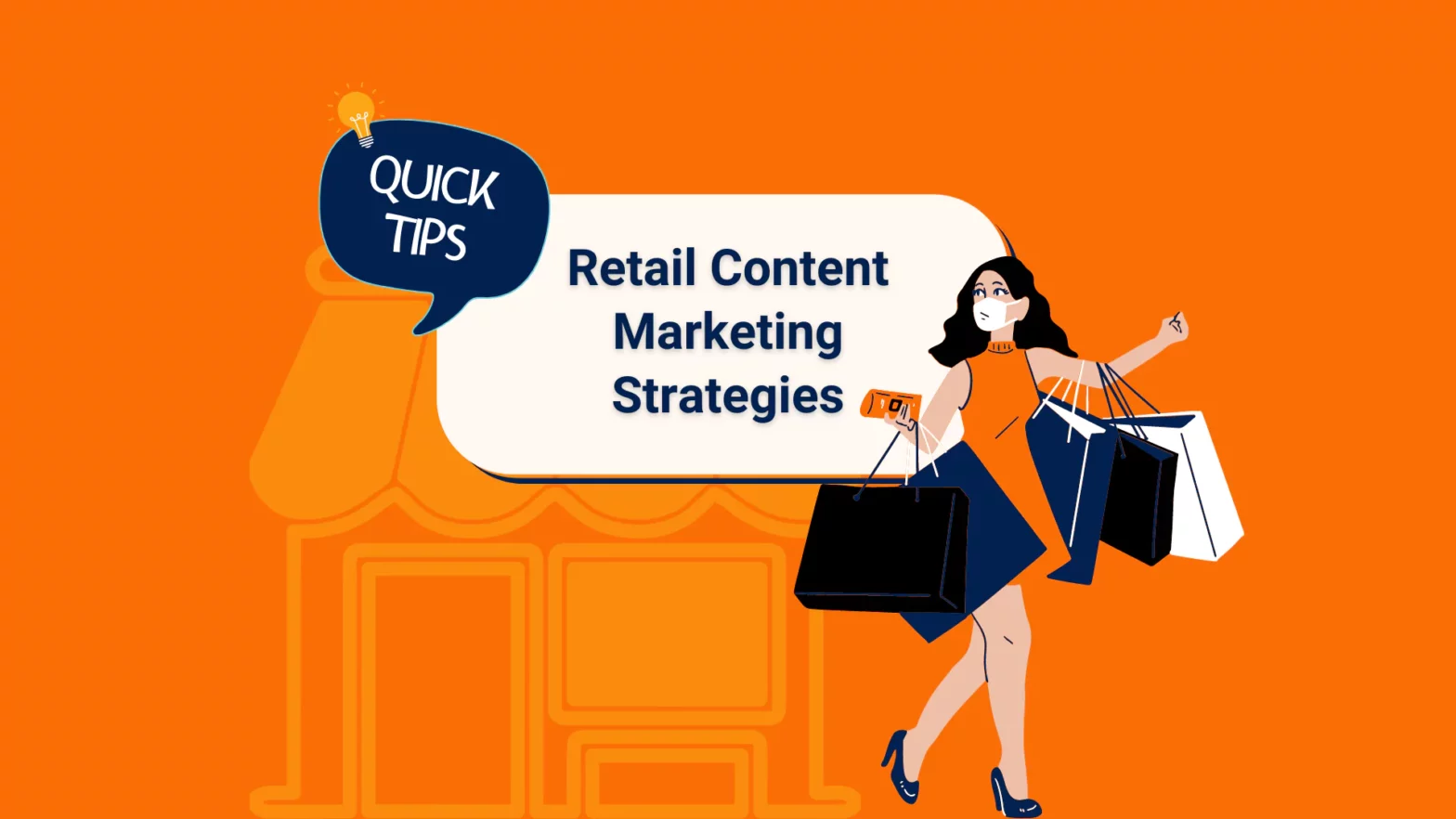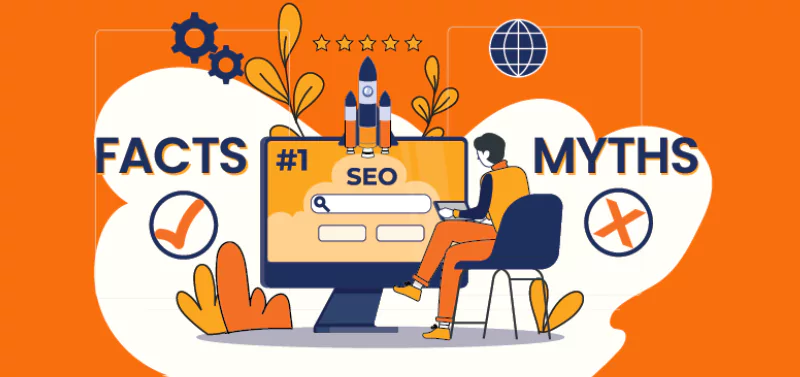Ecommerce Content Marketing Strategies You Must Know in 2024
Author: Team WH
Published On: 19-12-23
Estimated reading time: 9 minutes
As the world transforms to digital, content marketing has taken over. Businesses, especially ecommerce brands that increase their content marketing efforts get a direct advantage over their competitors.
As such a solid ecommerce content marketing strategy focused on engaging their customers is the key to business growth in the upcoming year. There is a reason why 73% of B2B brands and 70% of B2C brands use content marketing as a significant part of their marketing strategy.
But how does content marketing in ecommerce work? What are the top content marketing strategies that can help your ecommerce business grow? Dive into this blog for the answers to these questions and more.
What is Ecommerce Content Marketing?
When potential customers enter a search query related to the type of products you sell or any relevant topic associated with them and find your blogs or articles that answer their queries, they engage with it and come back to you when they require any other information. Subsequently, they discover your products that may solve their problems and buy them.
This is how content marketing for ecommerce sites works. Without making a hard sell, content marketing focuses on educating and engaging your potential customers, encouraging them to buy your products by providing relevant information about them.
An effective ecommerce content marketing strategy aims to provide valuable content at each stage of a buyer’s journey across relevant channels in different formats such as video guides, SEO blogs, infographics, Product descriptions, and more.
Ecommerce content marketing is a cost-effective way to boost conversion rates and increase sales. It does not require heavy investments like paid ads and offers almost 3X more leads than traditional marketing at 62% lesser costs.
Why is it Important to Have an Ecommerce Content Marketing Strategy?
Having a solid ecommerce content marketing strategy offers multiple benefits like the following.
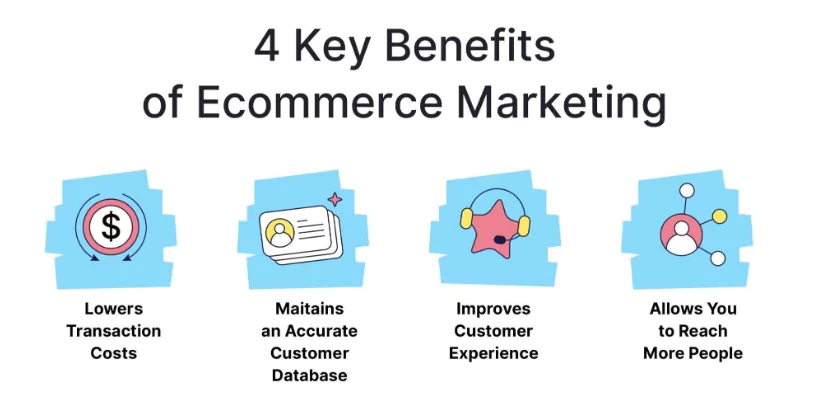
Enhances SEO Performance
Consistently creating high-quality content optimised for relevant keywords can help you drive more organic traffic to your website. It is more impactful than PPC ads, as almost 80% of people ignore PPC.
Moreover, with an SEO strategy in place, organic traffic keeps on increasing, generating higher revenue for brands. In contrast, paid methods cease to yield results as soon as you stop investing in them. Ecommerce brands focusing on their SEO content strategy have a higher chance of getting loyal customers with more excellent lifetime value.
It Helps Brands Support Their Customers at Each Stage of Their Journey.
Brands can be present through all the stages of their customers’ journey using different types of content throughout the journey map, right from when they become aware of a problem to buying the products and even after that.
It helps them have better control over the process, leaving no gaps and allows them to optimise by offering the exact information a buyer is looking for at each stage. That, in turn, helps brands to build trust and boost the sales process.
Allows Brands to Create their Distinct Identity
With cutthroat competition in the ecommerce landscape, you must tell the buyers how your brand stands apart. Why are your products better than the others selling the same?
A content strategy helps brands express their unique values. Engaging content that captures the audience’s attention can help them move through the conversion funnel by establishing a solid relationship between the brands and the customers.
Not everyone who comes to your website is ready to buy a product. Relevant content that offers valuable information at each touch-point allows them to explore your brand and understand how it is distinct from the others, influencing sales.
Significantly Boosts Brand Loyalty
Establishing brand loyalty in the ecommerce space is difficult. Customers can quickly move to other brands if they get a better experience. This is where content marketing in ecommerce comes in.
It helps you foster stronger customer relationships and enhance brand loyalty. When you create valuable content regularly that educates, entertains, and addresses the pain points of your target audience, they tend to follow you for more, creating a connection with your brand.
Top Content Marketing Strategies to Help You Scale Your Ecommerce Business
Here are some content marketing strategies to help you grow your ecommerce business in 2024.
Build a Content Hub on Your Website

Creating a specific location to gather all the content around a topic in one place can help customers easily navigate to the content they are looking for. This is called a content hub.
Instead of just adding content chronologically, distribute them into different broader categories. You can create other forms of content like blog posts, tutorial videos, or social media content, but it is essential to organise them properly.
Creating a content hub can help brands
- Generate organic traffic
- Increase audience engagement
- Acquire more social shares
- Build a space for demonstrating thought leadership
- And more
Additionally, a content hub offers a better user experience to your customers, with easily accessible content relevant to them.
Utilise the Power of Blog Posts
Blog posts are integral to an ecommerce content marketing strategy. They can be used to share engaging stories about your business and existing customers, answer essential questions a customer may have about specific products, make announcements about new product launches, and so much more.
Creating search engine-optimized and targeted blogs for your potential and existing customers can help your ecommerce brand captivate their attention. One of the efficient ecommerce content marketing examples using blog posts is the Canadian bedding manufacturer Au Lit Fine Linens.
They sell products that improve their customers’ sleeping experience and create blogs that offer sleeping tips, information about store launches, product descriptions, a peek into their manufacturing process, and more. It helps the brand establish its expertise as a bed linen and loungewear manufacturer, which is informed and aware of what the customer needs.
Integrate User-Generated Content
User-generated Content (UGC) can have a considerable impact on your brand image. It can be effective social proof for potential customers to engage with your brand. A survey reveals that 79% of people agree that UGC significantly influences buying decisions.
That is why encouraging UGC and including it in your ecommerce content marketing strategy is highly important.
You can increase UGC by asking for reviews. Buyers are more likely to give reviews if a brand asks them to do so. However, you should also reply to those reviews to boost engagement. Additionally, you can run giveaways on social platforms and ask participants to post about your brand. Another very effective technique is adding CTAs to encourage more customer engagement. Prompt the customers to share, comment, and like your content, ask them to check out other blogs on your website, and more.
Use Engaging Video Content
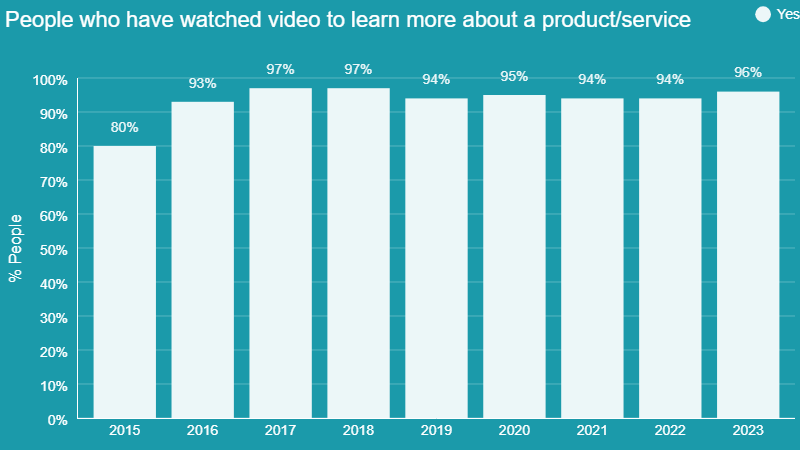
Video content is one of the most effective ecommerce content ideas. Brands can effectively use videos to engage their customers and offer relevant information to encourage their purchase decisions.
You can utilise video content to provide information about your product/service, announce a new product launch, offer product usage instructions, etc. Visually appealing videos can effectively command your audience’s attention to boost conversion.
A survey from Wyzowl suggests that 96% of people prefer to watch a video to learn more about a particular product or service. The same survey reveals that 89% of people agree that they were convinced to buy a product after watching a video.
Using Visually Attractive Content
Making your ecommerce content visually pleasing can effectively attract customers to your side. Customers very much appreciate a creative and interactive piece of content that offers significant information.
One example of such content is infographics. Infographics are particularly helpful when sharing complex data and information with your customers. Captivating visuals and seamless designs in an infographic help customers learn and comprehend crucial information effortlessly. Moreover, it can significantly boost organic website traffic for your brand.
Other appealing content ideas for ecommerce include
- Aesthetically designed product pages with optimised product descriptions
- Interactive quizzes
- Downloadable templates
- And more
Including Comparison Guides
Regarding content creation, brands should not stick to generic blogs about products or businesses. Comparing your brand against competitors to establish the worth of your products can be a very effective strategy for ecommerce brands.
Buyers do their research before making a purchase. When they do so, make sure they reach your products. How can you do it?
Creating comparison guides optimised with keywords that include your brand against competitors will help your customers find you when looking for relevant information on search engines. Moreover, they can find all the information, such as pricing, product details, features, and more, in one place to understand how your product is better or why they should buy from you.
Including customer reviews along with the comparison can also work wonders. Additionally, you can link these comparison guides with your product pages to further influence the customer’s purchase decision.
Utilising Social Media Marketing
Leveraging social media marketing can be of immense help to your ecommerce content marketing strategy. Sharing your content on social media allows you to connect with your audience, engage with them, find new leads, improve conversions, and more.
You can post information about a new product or share how-to videos, links to your blog posts, and more, and encourage people to like, comment, and share them. It is also an excellent way to find user-generated content.
Explore all the social media platforms and curate content to suit the requirements of each. For example, content for Facebook and Twitter cannot be the same, as the latter has a character limit that requires you to write short content.
Similarly, different types of businesses can utilise other platforms according to their target audience. For instance, a B2B brand will find more leads on LinkedIn than B2C brands, which are more likely to find their target audience on Facebook or Instagram.
Create Buying Guides
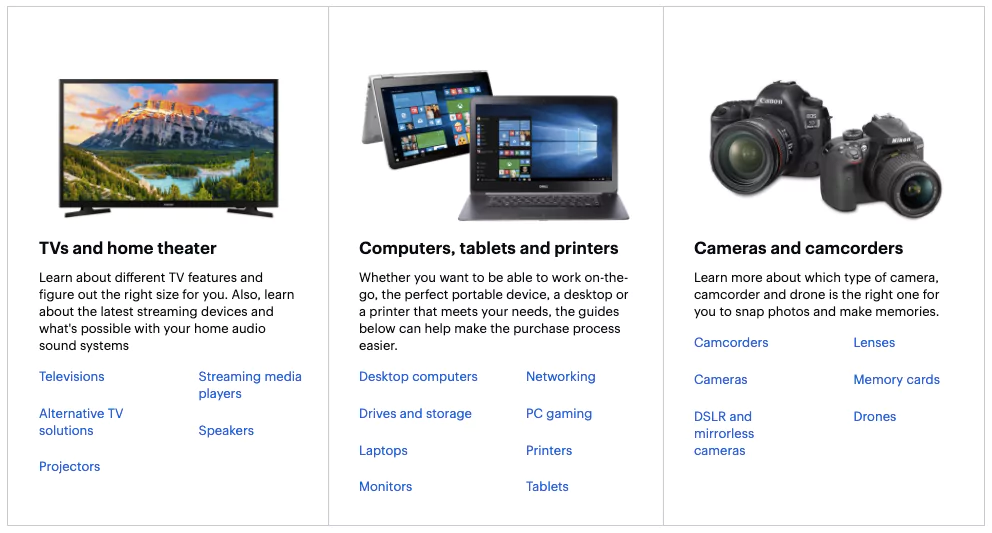
Buying guides can be an excellent addition to your content marketing strategy. Unlike traditional shopping, buyers do not have the privilege to ask questions about product features, pricing, usage, etc., in real-time. A buying guide solves this problem by offering all the information customers may need to know and easily navigate the products before making a purchase.
You can either attach a buying guide with each product page or share it as an article or blog post to guide your customers. This way, you are answering their questions even before the buyers ask them, which makes it easier for them to trust your brand.
Additionally, you can write seasonal buying guides targeting popular holidays like Christmas or Valentine’s Day and guide your customers to specific products they can buy that season.
Optimise Content for Ecommerce Platforms
Usually, buyers turn to ecommerce platforms directly when looking for products instead of search engines. As such, it is essential to ensure that the content attached to your products on these platforms resonates with your website.
One of the most popular ecommerce platforms, Amazon allows brands to enhance their product content beyond description and images with merchandising options. Brands can now add engaging videos and captions with links to their products. It also offers a Listing Quality Check tool that helps you analyse and improve your product listings with valuable recommendations.
Wrapping Up
Designing an ecommerce content marketing strategy takes time and effort, but it can result in effective customer engagement. With the strategies discussed in this blog, brands can acquire long-term benefits and higher ROI from their content marketing efforts, including new leads, better conversions, increased organic traffic to the website, and more.
However, when it comes to content creation, coming up with ideas and curating content regularly can become intimidating. This is where brands can seek help from content marketing agencies like WrittenlyHub that offer professional content writing services.















